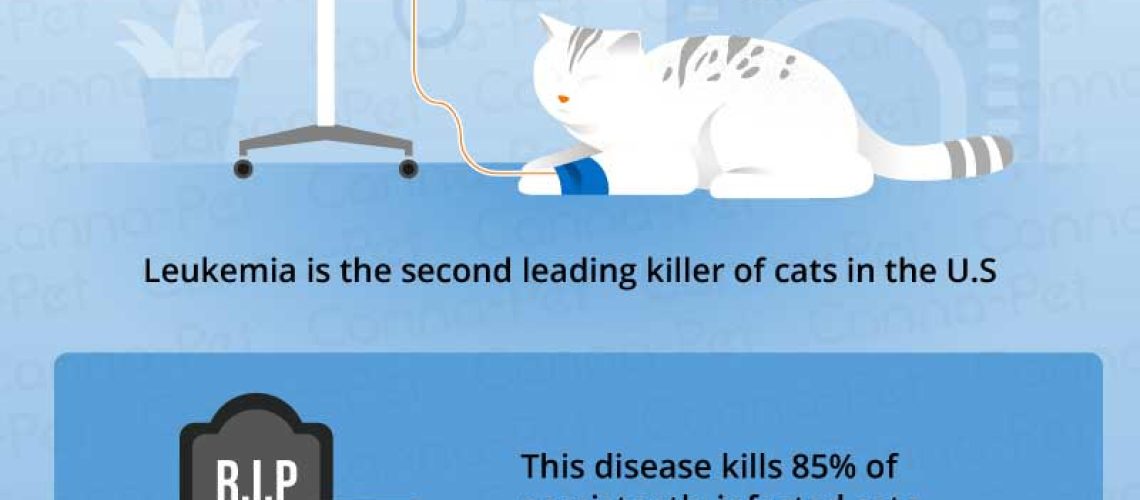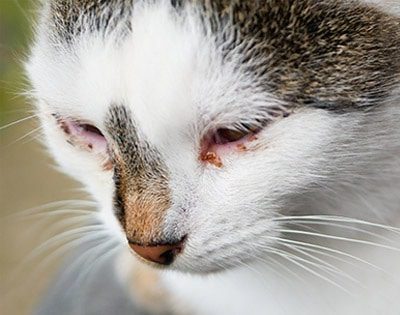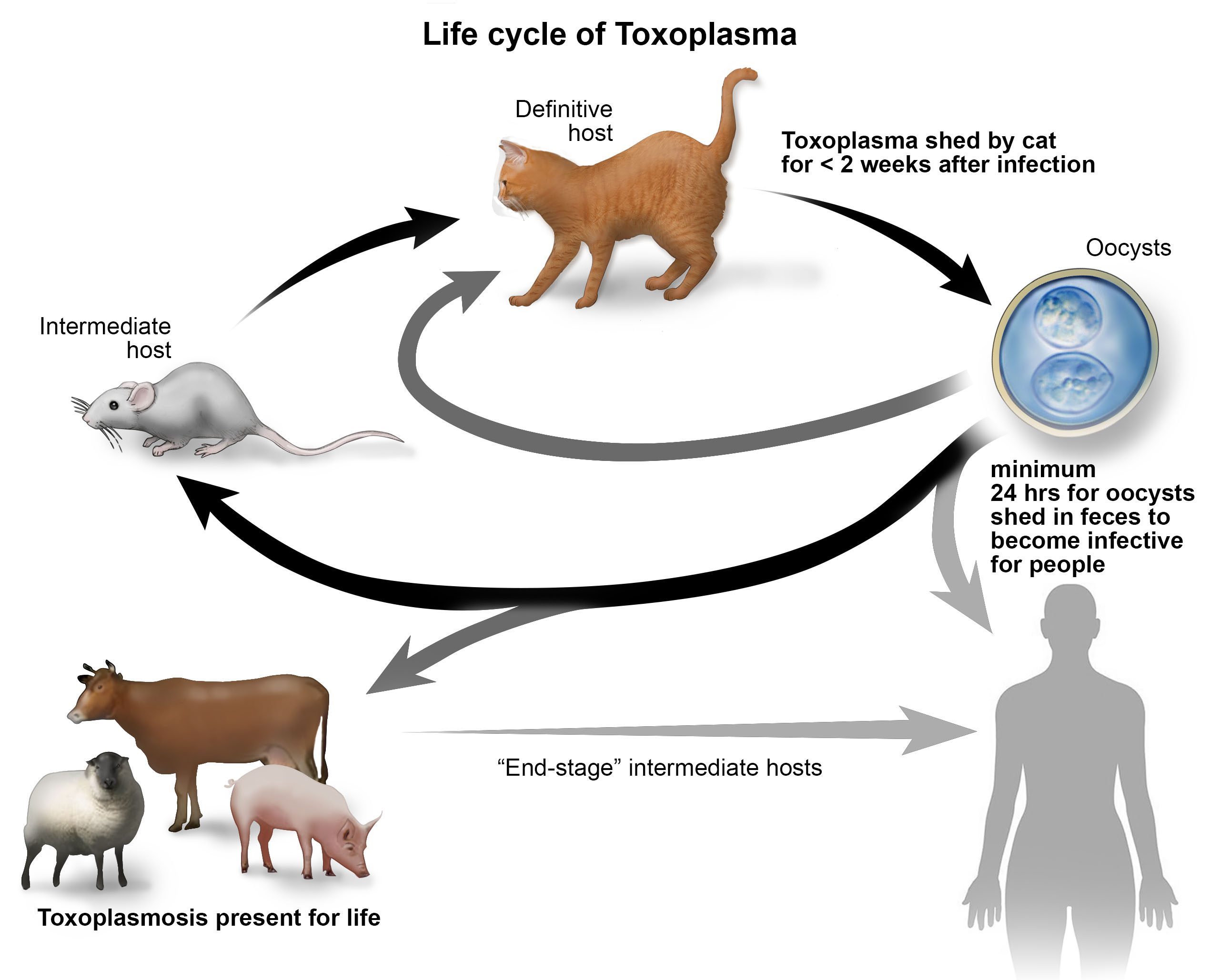Are you a cat lover? Do you have a furry feline friend who brings joy and companionship to your life? If so, then understanding the topic of fighting feline leukemia is essential for your pet's well-being. Feline leukemia is a serious viral infection that affects cats worldwide, with approximately 2-3% of all cats being infected. But fear not! By delving into this subject, you will discover valuable information on how to prevent and treat this disease, ensuring a long and healthy life for your beloved kitty. So, let's embark on this journey together as we explore the world of feline leukemia and learn how to combat this formidable foe. Get ready to become an expert in keeping your furry friend safe and sound!
Key Takeaways:
- Feline leukemia is a highly contagious viral disease that affects cats and can lead to severe health complications.
- Early detection through regular testing and vaccination is crucial in preventing the spread of feline leukemia.
- Treatment options for feline leukemia include antiviral medications, supportive care, and managing secondary infections.
- Isolation of infected cats from healthy ones is essential to prevent transmission and protect the overall feline population.
- Regular monitoring and follow-up visits with a veterinarian are necessary to assess the cat's response to treatment and adjust the management plan accordingly.
What is Feline Leukemia and why is it a concern for cats?
Feline Leukemia (FeLV) is a viral infection that affects cats. It can weaken their immune system and make them more susceptible to other infections and diseases. FeLV is a serious concern because it can lead to various health problems and even death in infected cats.
The virus attacks the white blood cells, which are essential for fighting off infections. When the immune system is compromised, cats may develop illnesses such as respiratory infections, gum disease, anemia, and even cancer. FeLV can also be transmitted to other cats through close contact, making it important to prevent its spread.
How is Feline Leukemia spread among cats?
FeLV spreads through direct contact with infected bodily fluids such as saliva, urine, and feces. Cats can become infected by sharing food bowls or litter boxes with an infected cat or through mutual grooming where saliva comes into contact with open wounds or mucous membranes.
It's important to note that FeLV cannot be transmitted to humans or other animals like dogs. However, if you have multiple cats in your household, it's crucial to keep any infected cat separated from uninfected ones to prevent transmission.
Ways Feline Leukemia spreads:
- Mutual grooming between infected and uninfected cats
- Sharing food bowls or litter boxes
- Through bites during fights between outdoor cats
- From an infected mother cat to her kittens during pregnancy or nursing
How does Feline Leukemia spread among cats?
Feline Leukemia, also known as FeLV, is a contagious virus that can be transmitted from one cat to another. The most common way it spreads is through direct contact with an infected cat's saliva, urine, or feces. This can happen when cats groom each other, share litter boxes, or engage in mutual grooming behaviors. Kittens can also contract the virus from their mother during birth or through her milk while nursing. Additionally, FeLV can be spread through bite wounds from infected cats during fights.
Direct Contact
Direct contact between infected and uninfected cats is the primary mode of transmission for Feline Leukemia. This occurs when infected cats share food and water bowls, litter boxes, or engage in close social interactions such as grooming.
Bite Wounds
Bite wounds are another significant source of transmission for Feline Leukemia. When an infected cat bites another cat during a fight or aggressive behavior, the virus can be transferred through the saliva present in the wound.
Preventing Spread
To prevent the spread of Feline Leukemia among cats, it is crucial to keep infected and uninfected cats separated. Providing separate food and water bowls, litter boxes, and keeping them in different areas of the house can help reduce the risk of transmission. It is also important to avoid introducing new cats into a household without proper testing for FeLV.
Vaccination
Vaccination plays a vital role in preventing Feline Leukemia. Regular vaccination starting at around eight weeks of age can protect kittens from contracting the virus. It is recommended to consult with a veterinarian regarding vaccination schedules and protocols.
Overall, understanding how Feline Leukemia spreads among cats is essential for taking appropriate measures to prevent its transmission and protect the health of our feline companions.
What are the signs of Feline Leukemia that cat owners should watch out for?
Feline Leukemia is a serious disease that can have various symptoms and effects on a cat's overall health. It is important for cat owners to be aware of the signs that may indicate their cat has contracted the virus. While some infected cats may not show any symptoms, others may exhibit the following signs:
Weakness and Lethargy
One common sign of Feline Leukemia is a noticeable decrease in energy levels. Infected cats may appear weak, tired, and less interested in activities they once enjoyed.
Poor Appetite and Weight Loss
Loss of appetite and subsequent weight loss can be indicators of Feline Leukemia. Cats infected with FeLV may show a decreased interest in food or have difficulty maintaining their body weight.
Frequent Infections
Feline Leukemia weakens the immune system, making infected cats more susceptible to infections. They may experience recurring respiratory infections, skin infections, or dental problems.
Anemia
Anemia, characterized by pale gums and weakness due to low red blood cell count, can occur in cats with Feline Leukemia. This condition can lead to fatigue and other related symptoms.
It is important to note that these signs are not exclusive to Feline Leukemia and can also be associated with other illnesses. If you notice any of these symptoms in your cat, it is crucial to consult with a veterinarian for an accurate diagnosis and appropriate treatment options. Regular veterinary check-ups are essential for early detection and management of Feline Leukemia.
Can Feline Leukemia be treated? What treatment options are available?
Feline Leukemia, also known as FeLV, is a viral infection that affects cats. While there is no cure for FeLV, there are treatment options available to manage the symptoms and improve the cat's quality of life. The specific treatment plan will depend on the cat's overall health and the stage of the disease.
Treatment Options
One common treatment for FeLV is supportive care, which focuses on managing the cat's symptoms and providing comfort. This may include medications to boost the immune system, control secondary infections, or reduce inflammation. Additionally, regular veterinary check-ups and monitoring are crucial to ensure any changes in the cat's condition are addressed promptly.
Preventing Secondary Infections
Since FeLV weakens the immune system, preventing secondary infections is essential. Cats with FeLV should be kept indoors to minimize exposure to other cats and potential sources of infection. Regular vaccinations against common feline diseases can also help prevent additional complications.
Managing Symptoms
FeLV-positive cats may experience a range of symptoms such as weight loss, anemia, diarrhea, or respiratory issues. Providing a balanced diet tailored to their needs can help maintain their overall health. Regular grooming and dental care are also important to prevent skin infections or dental problems that may arise due to a weakened immune system.
Overall, while there is no cure for Feline Leukemia, appropriate treatment options can significantly improve a cat's quality of life and extend their lifespan. Veterinary guidance and close monitoring are vital in managing this disease effectively.
Are there ways to prevent Feline Leukemia in cats?
Prevention plays a crucial role in reducing the risk of Feline Leukemia (FeLV) in cats. The virus spreads through direct contact with infected cats, so taking preventive measures can help protect your feline friend.
Vaccination
Vaccination is the most effective way to prevent FeLV. Kittens should receive their initial vaccination series, usually starting around eight weeks of age. Regular booster shots are necessary to maintain protection throughout a cat's life. It is important to consult with a veterinarian to determine the appropriate vaccination schedule for your cat.
Indoor Living
Keeping cats indoors significantly reduces their exposure to FeLV and other infectious diseases. Outdoor cats have a higher risk of encountering infected cats or coming into contact with contaminated objects or environments. By providing a safe and stimulating indoor environment, you can minimize the chances of your cat contracting FeLV.
Testing and Isolation
If you have multiple cats or plan on introducing a new cat into your household, it is crucial to test them for FeLV before allowing close contact. Cats that test positive should be kept separate from uninfected cats to prevent transmission. Regular testing is recommended, especially if there is potential exposure to FeLV-positive cats.
By following these preventive measures, you can greatly reduce the risk of Feline Leukemia in your beloved feline companion.
Is it possible for a cat to recover from Feline Leukemia? What are the chances of recovery?
Feline Leukemia (FeLV) is a serious viral infection that weakens the immune system and can lead to various health complications in cats. While some cats may naturally clear the virus on their own within a few months, most infected cats become persistently infected for life.
Persistent Infection
Once a cat becomes persistently infected with FeLV, there is no known cure or treatment that can completely eliminate the virus from their body. However, it's important to note that not all FeLV-positive cats develop severe symptoms or succumb to the disease. Some infected cats may live relatively healthy lives for an extended period.
Managing Symptoms and Prolonging Life
The focus of treatment for FeLV-positive cats is on managing symptoms, preventing secondary infections, and supporting their overall well-being. Regular veterinary check-ups, vaccinations against common feline diseases, and a balanced diet are essential in prolonging the cat's life and maintaining their quality of life.
Prognosis
The prognosis for FeLV-positive cats varies depending on several factors, including the cat's overall health, age at the time of infection, and any concurrent illnesses. While some cats may experience a decline in health over time, others can live relatively normal lives with proper care. It is crucial to work closely with a veterinarian to monitor the cat's condition and provide appropriate support.
While complete recovery from Feline Leukemia is unlikely once a cat becomes persistently infected, proactive management and supportive care can significantly improve their quality of life and potentially extend their lifespan.
How can cat owners support their cats during the treatment process for Feline Leukemia?
Supporting a cat diagnosed with Feline Leukemia (FeLV) involves providing them with proper care, attention, and a nurturing environment. Here are some ways cat owners can support their furry companions during the treatment process:
Veterinary Guidance
Working closely with a veterinarian experienced in treating FeLV is crucial. They will guide you through the necessary steps to manage your cat's condition effectively. Regular check-ups allow early detection of any changes or complications that may arise.
Comfortable Living Environment
Creating a comfortable living environment is vital for FeLV-positive cats. Provide them with a quiet space where they can rest undisturbed. Ensure their litter box is easily accessible and cleaned regularly. Cats with FeLV may benefit from having multiple resting areas, including cozy beds or blankets.
Reducing Stress
Stress can weaken the immune system, making cats more susceptible to infections. Minimize stress by maintaining a consistent routine, avoiding sudden changes in the environment, and providing mental stimulation through interactive toys or playtime.
Bonding and Affection
Showing love and affection to your cat can have a positive impact on their well-being. Spend quality time together, engage in gentle play sessions, and provide plenty of cuddles. This emotional support can help reduce stress levels and strengthen the bond between you and your feline friend.
By following these guidelines and providing appropriate care, cat owners can support their beloved companions throughout the treatment process for Feline Leukemia. Remember that each cat's needs may vary, so it's essential to tailor the care based on their individual requirements.
In conclusion, feline leukemia is a serious disease that affects cats. It can be treated with vaccinations, regular vet check-ups, and providing a healthy environment. By taking these steps, we can help fight the feline foe and keep our furry friends safe and healthy.
Can feline leukemia be fought off?
With veterinary support therapy, cats have the potential to overcome the disease if it is detected early. The crucial factor is to detect it before it spreads to the bone marrow. If it does reach the bone marrow, the cat will have the disease for the duration of its life.
Can cats overcome feline leukemia?
While there is currently no cure for FeLV, providing supportive care can enhance the well-being, health, and lifespan of cats with the disease.
What is the life expectancy of a cat with feline leukemia?
Based on research, cats that are progressively infected with FeLV (Feline Leukemia Virus) typically have a lifespan of 2-6 years after diagnosis if they were diagnosed as adults, and 6 months-2 years after diagnosis if they were diagnosed as kittens. However, cats that are regressively infected with FeLV are showing normal lifespans in research studies.
Can adult cats fight off FeLV?
FeLV is a highly significant disease among cats worldwide, which was initially identified in the 1960s. It has been observed that many cats who come in contact with the virus produce antibodies and successfully combat it. This is particularly the case for cats that are parasite-free, up to date on their vaccinations, and provided with a nutritious diet.
What percentage of cats survive feline leukemia?
Feline leukemia virus is the second leading cause of death in cats, after trauma. It has a high mortality rate, with 85% of infected cats dying within three years of diagnosis. Unfortunately, the prognosis for many cats is poor, as they typically only live with the virus for 3-4 years.
What kills feline leukemia virus?
Using detergents, bleach, heat, or drying can deactivate or eliminate FeLV. It is not guaranteed that all cats exposed to the virus will become infected with the disease, and the timeframe for development can vary from weeks to months or even years. Vaccination is not effective against FeLV.

















